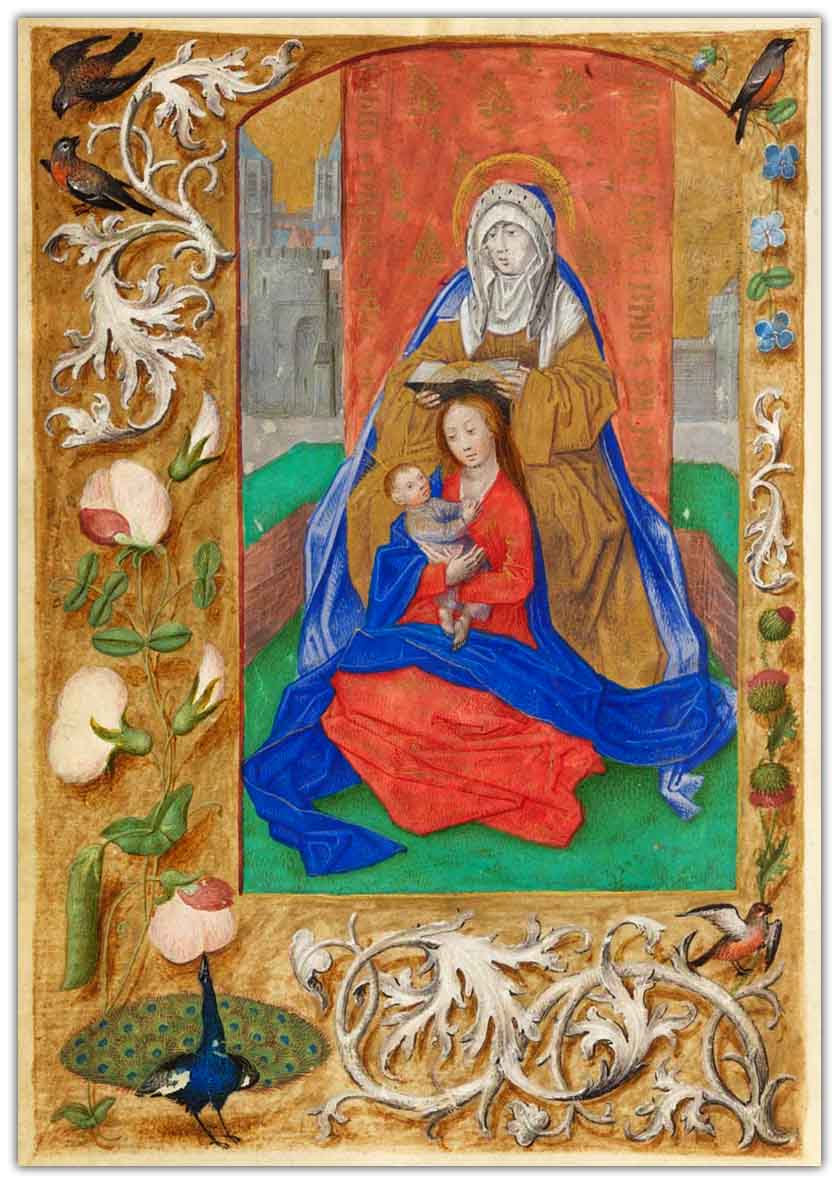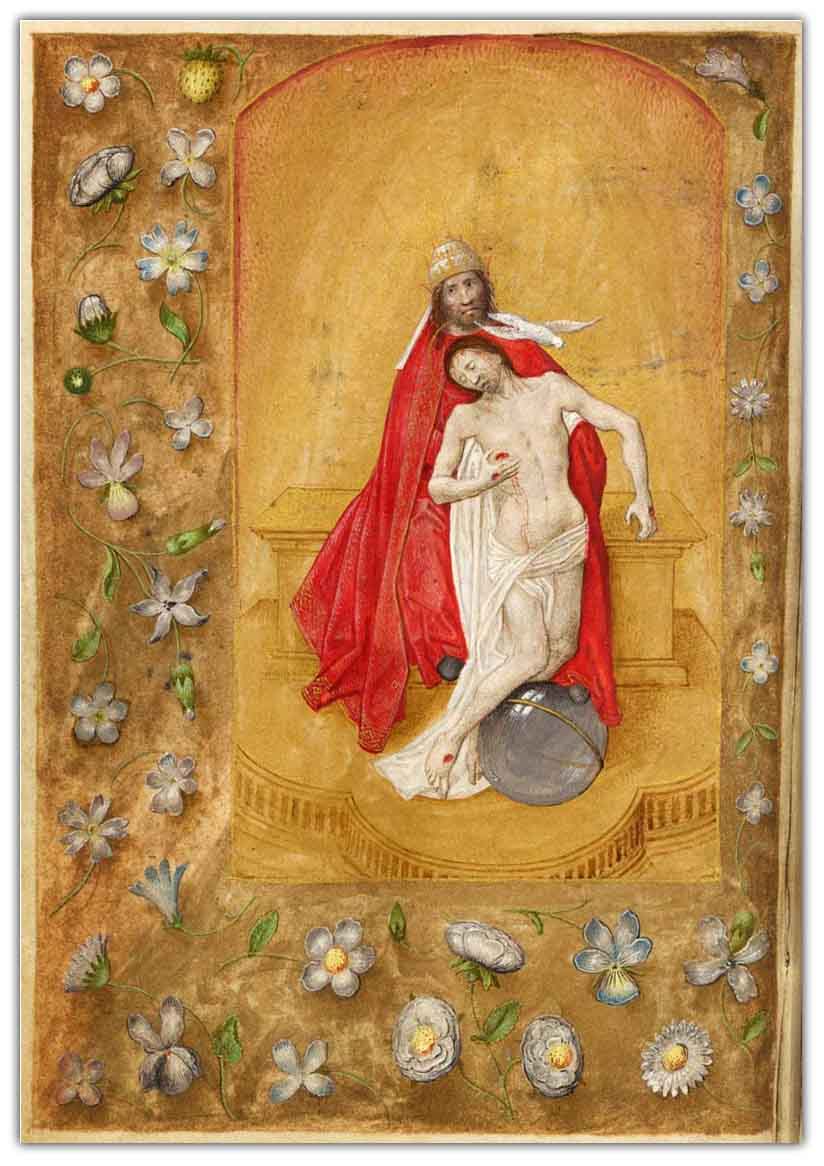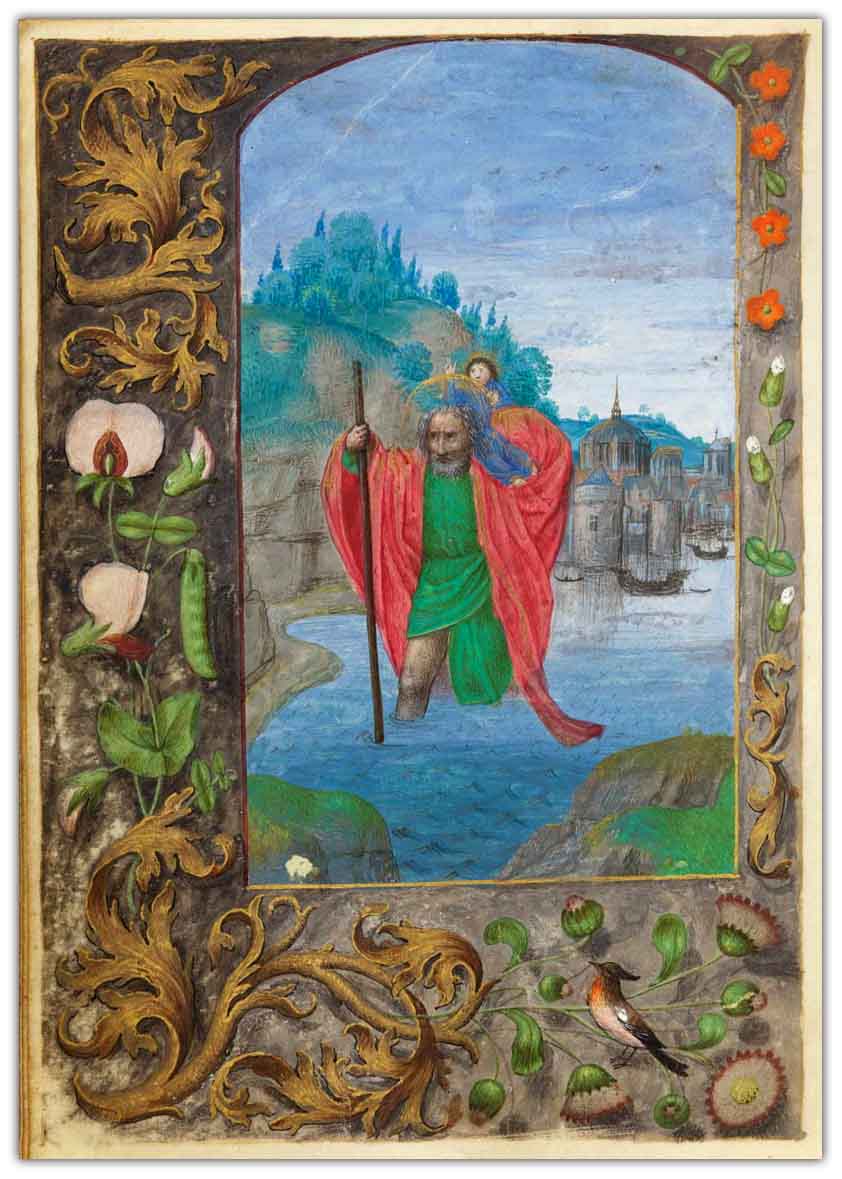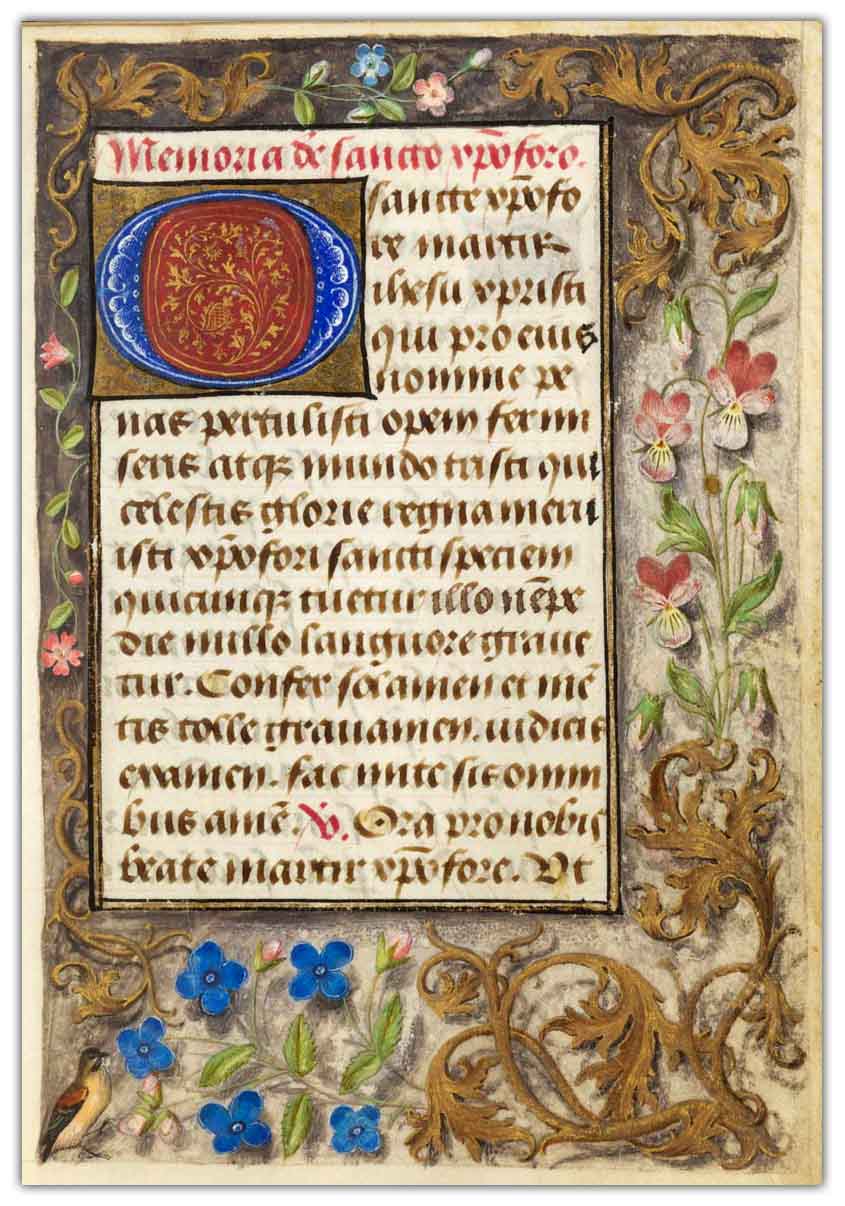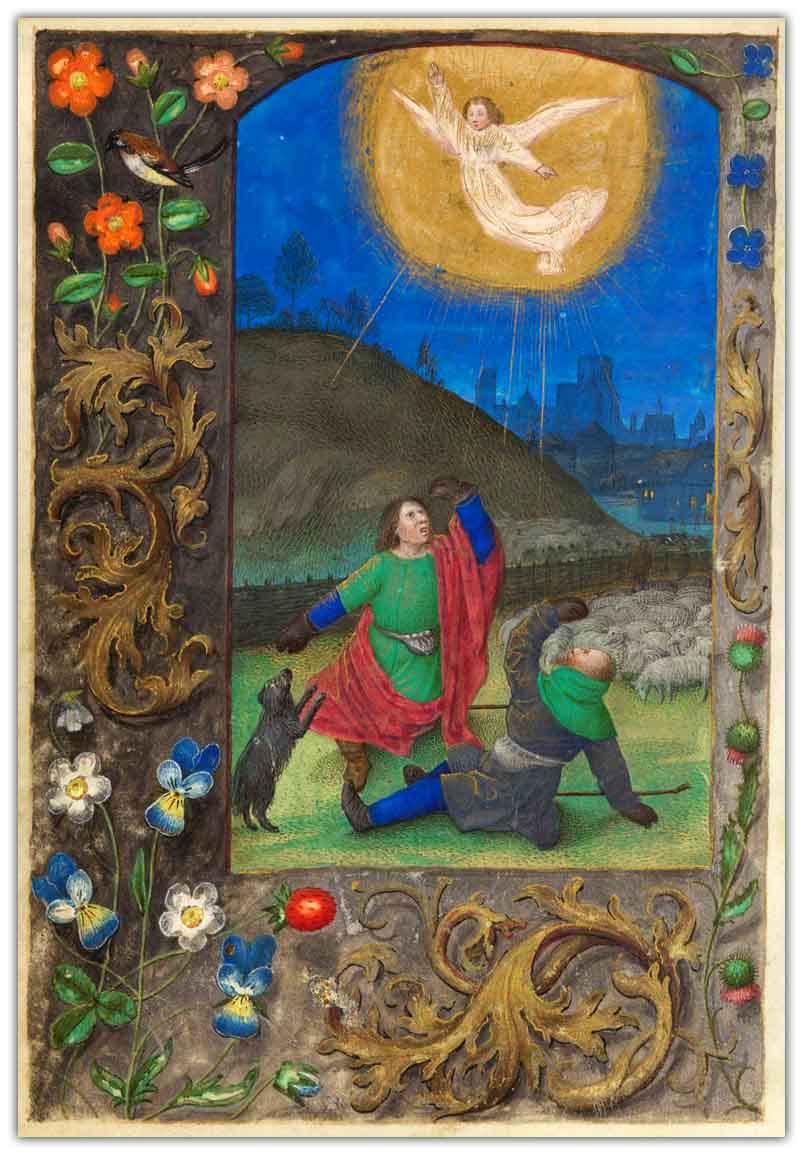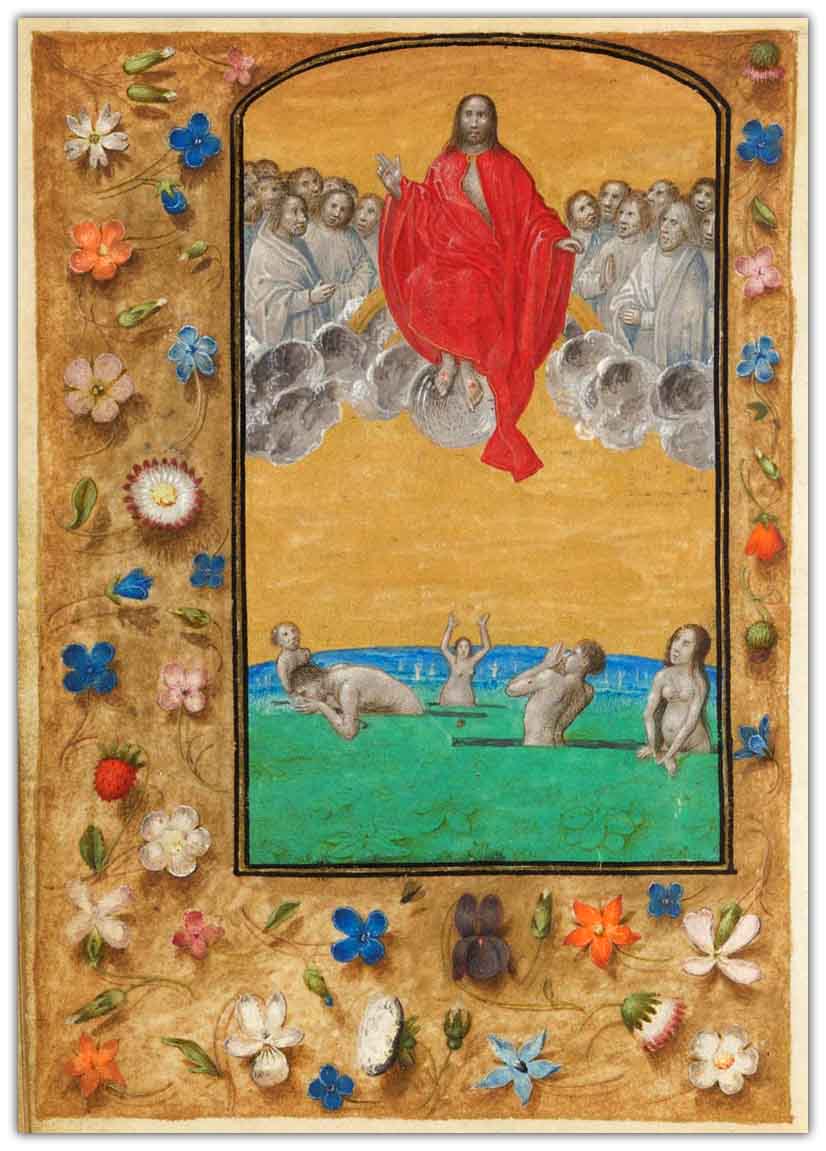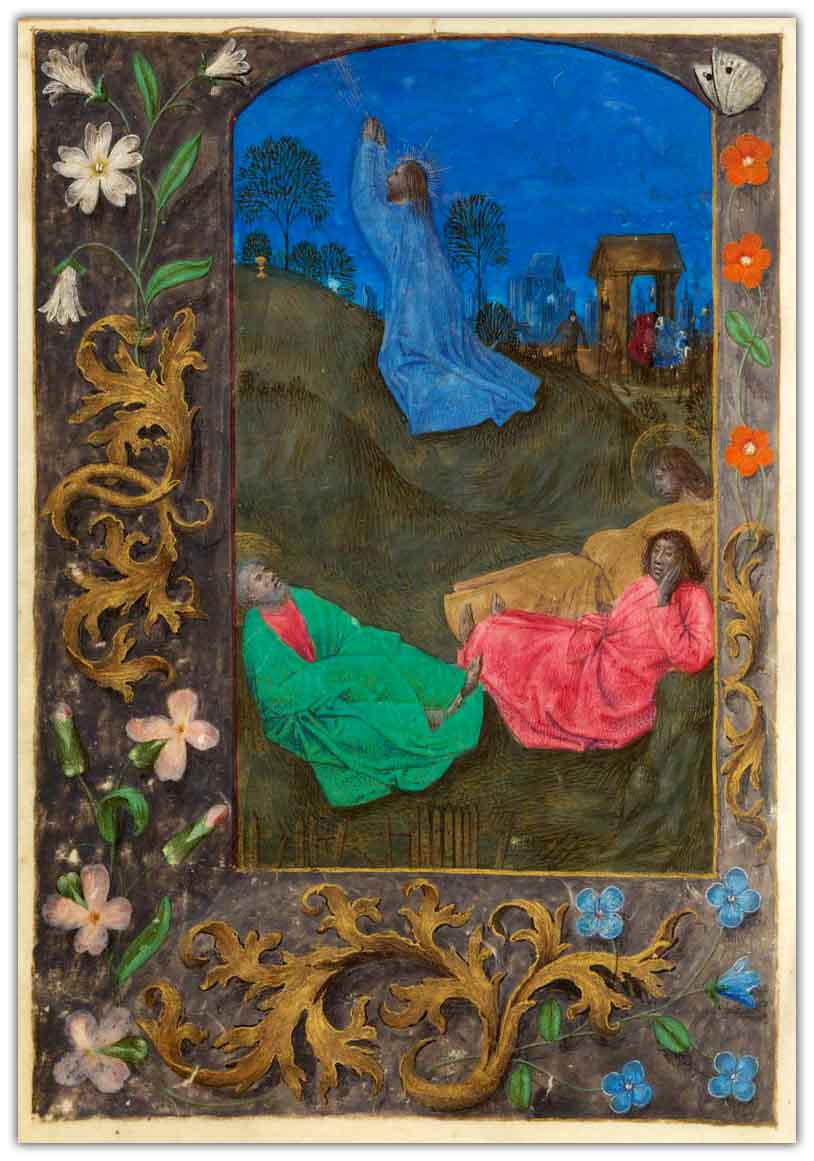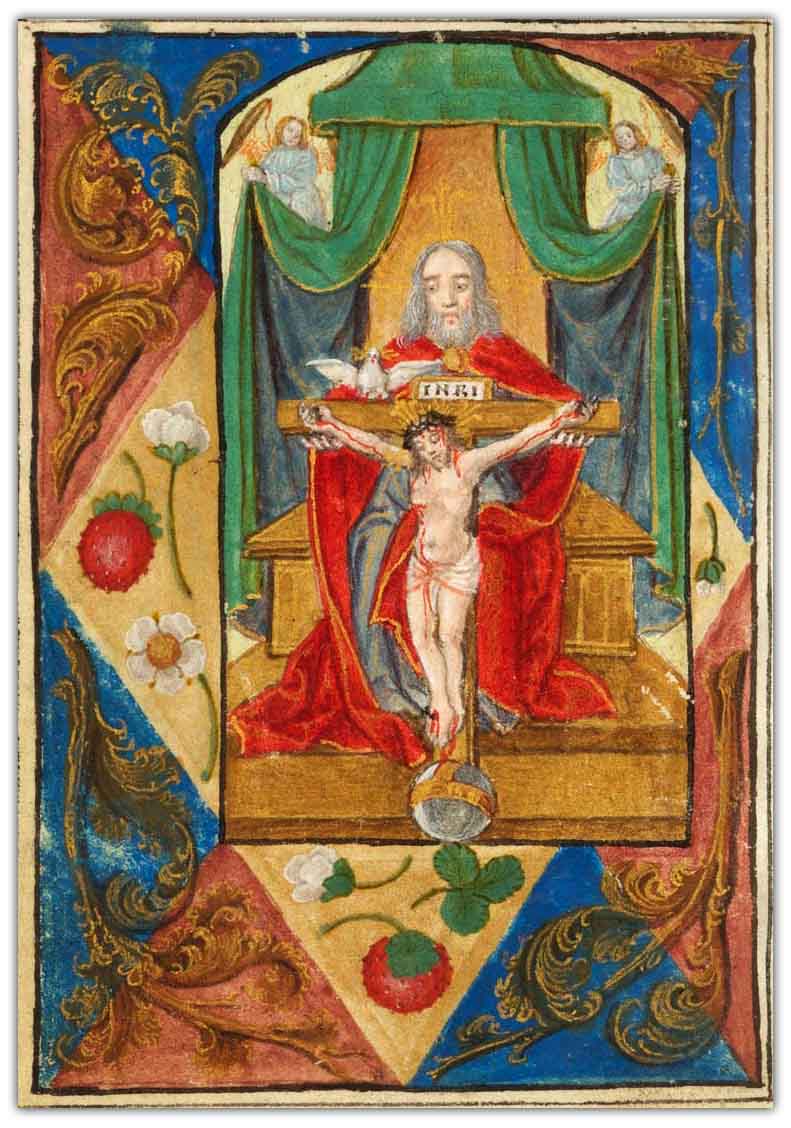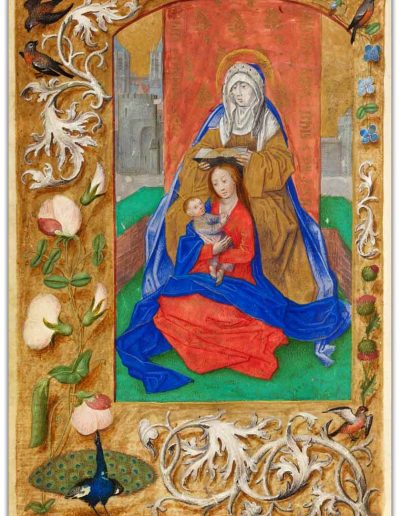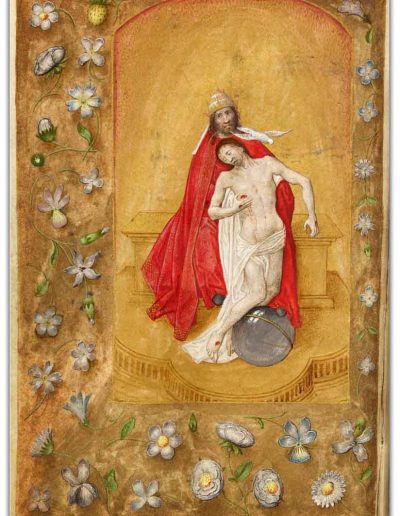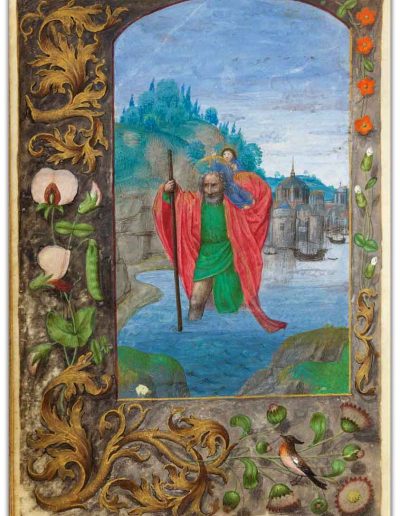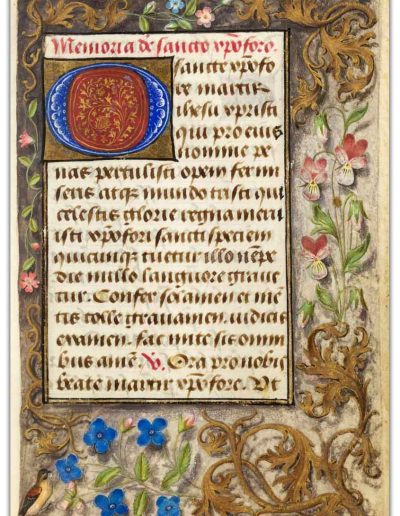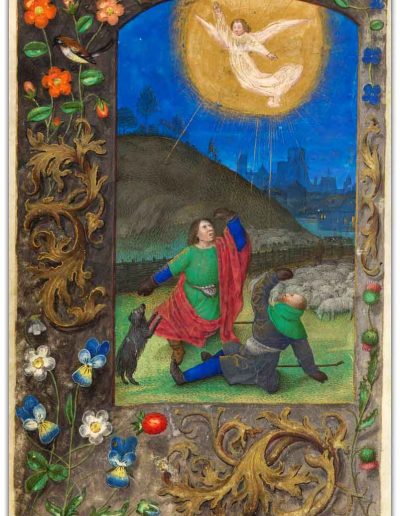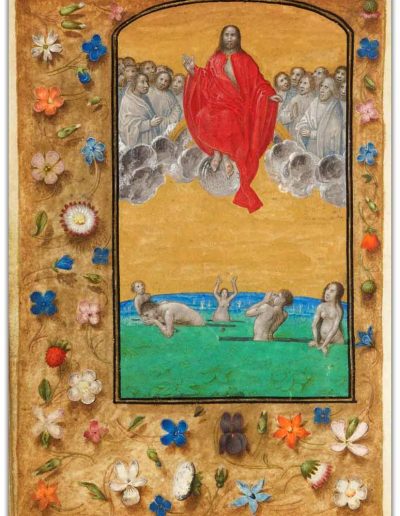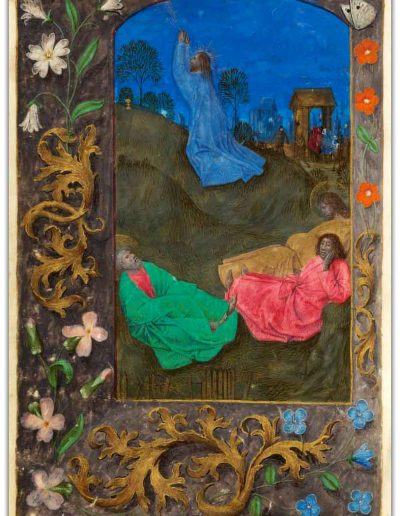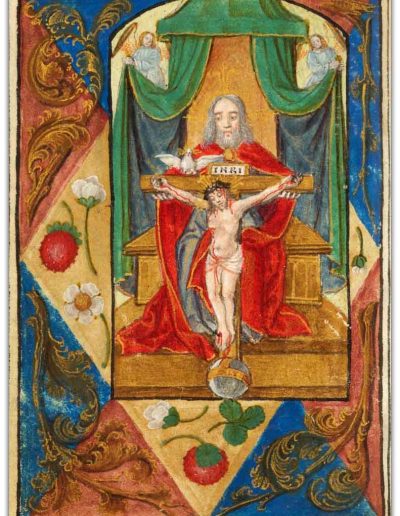William Hastings’ Book of Hours
¿Quiere solicitar el catálogo o saber el precio de William Hastings’ Book of Hours?
Rellene el formulario y resolveremos sus dudas lo antes posible.
Basic information on data protection
Responsible» Millennium Liber S.L.
Purpose» Respond to your request and, if authorized, send you commercial information.
Rights» You may exercise your rights of access, rectification, deletion, opposition, limitation and portability before the controller.
Additional information» You can obtain additional information about the processing of your personal data in our Privacy Policy.

